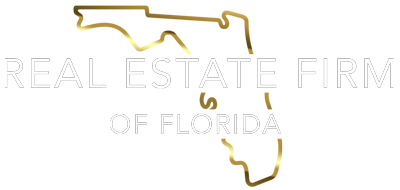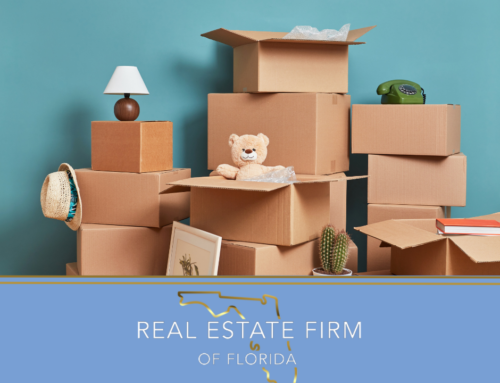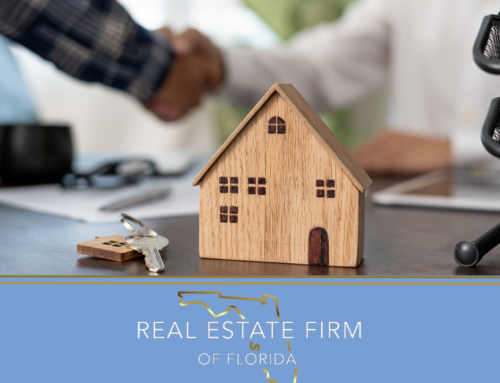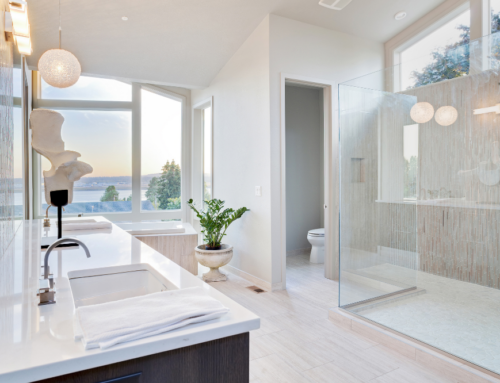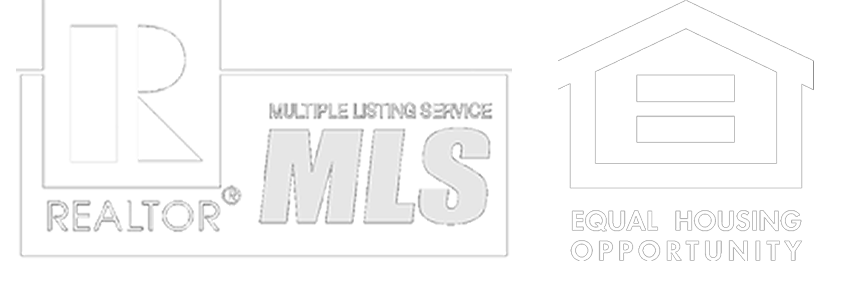How to Decide How Much to Put down on a Home
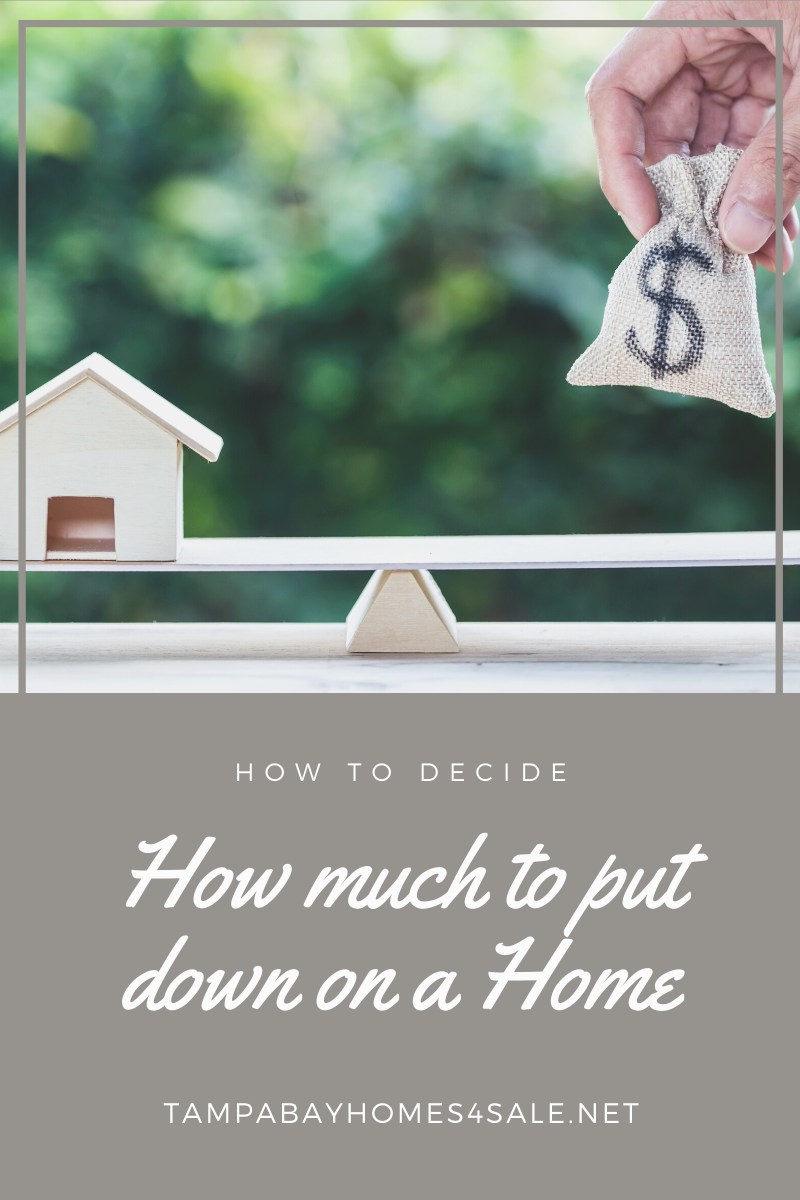 Before the foreclosure crisis, it wasn’t uncommon for people to buy homes with no money down. The crash of 2008 changed that, however, and the pendulum swung the other way. You almost had to come up with 20 percent of the purchase price for a down payment on a home.
Before the foreclosure crisis, it wasn’t uncommon for people to buy homes with no money down. The crash of 2008 changed that, however, and the pendulum swung the other way. You almost had to come up with 20 percent of the purchase price for a down payment on a home.
While zero-down mortgages may never be as prevalent as they once were, there are low (and no) down-payment options out there. Government-backed loan programs offer zero-down and 3-percent programs, and even traditional lenders are back to offering 3-percent, 5-percent, and 10-percent loans.
With those choices again available, it might be tough to decide how much to put down on a home. Here are issues to consider that might help you decide.
Put down enough to qualify.
Sometimes, buyers are all but forced to put more money down on a home purchase. If to qualify for the loan you have to somehow lower the monthly obligation, a bigger down payment might be the answer.
If you’re considering, say, a 5-percent down mortgage but your income doesn’t qualify you for the monthly payment, run the numbers to see if a 10-percent down payment will lower your payment enough to qualify for the loan.
Also, you might have or other debt that costs more per month, such as credit cards or car loans. You might be better off using savings to pay those off rather than putting more down on the new home.
Take private mortgage insurance into account.
Private mortgage insurance (PMI) is usually required on home loans without 20-percent down payments. It’s a premium paid by the borrower that reduces the bank’s risk. It usually costs about 1 percent of the loan value each year. So, if you borrow $100,000 without putting 20 percent down, it’ll cost you about $1,000 a year ($83 per month).
Once a home’s loan-to-value ratio reaches 80 percent equity, you can cancel PMI. But until you do, it can be costly enough to consider putting 20 percent down if you can afford it.
Consider interest rates.
In addition to avoiding PMI, putting 20 percent down also means you’ll likely get the best interest rate available to you. Lenders typically charge higher rates to those who don’t put 20-percent down.
The difference between the best rate and a higher one can be somewhat significant. For every $100,000 borrowed, the difference between one percentage point in interest is about $55 per month on a 30-year mortgage. That’s $660 per year or $19,800 over the life of the loan. Can you save money in the long term by putting more down now to get a better rate?
Move the needle.
Similarly, it’s worth thinking about exactly how much putting more down will affect your payment. If you were to purchase a $200,000 home and put 5 percent down ($10,000), your principal-and-interest payment each month would be $907 per month on a 30-year fixed-rate loan at 4 percent.
If you were to put 10 percent down ($20,000), your payment would drop to $859. Is saving $48 per month worth parting with an extra $10,000 right now? It might or might not be, depending on your situation. Investing that $10,000 in a low-cost mutual fund might pay better over the course of a home loan than the $48-a-month savings does.
Remember, too, that going from 10 percent down to 20 percent is different than 5 percent to 10 percent. At 20 percent down, you avoid PMI and get a better interest rate. That’s moving the needle a lot more than going from 5 percent to 10 percent.
What else do you need?
If you tap your savings out completely to come up with a down payment, how are you going to pay for other costs associated with your new home?
If the home needs work, are you going to put it on a high-interest credit card? If you need new furniture, how will you pay for that? Closing costs should be accounted for, too. If you use your entire savings on a down payment, you will likely have to finance the closing costs. Do you really want to pay interest on a few thousand dollars over 30 years, when you could have just paid out of pocket at the start?
As you might see, deciding on a down payment amount isn’t always about what you can afford. Twenty percent down offers the most advantages, but if you can’t afford it, there are other options to consider when deciding between lesser amounts.
Are You thinking of buying a Home in Tampa Bay?
Use our site to search homes for sale in Tampa Bay and all of our surrounding areas. Unlike the “big name” sites out there, our site is directly connected to our local MLS and is updated EVERY HOUR. By creating a Property Manager account you can stay on top of the newest homes for sale and get Price Change alerts so you can stay ahead of other buyers and beat them to the BEST deals!
In the meantime, check out these 1 click searches:
- Tampa Bay Homes for Sale
- Tampa Bay Condos for Sale
- Tampa Real Estate Waterfront
- Houses for sale in Tampa Florida with Pool
- Luxury Homes in Tampa Bay
No properties found
Today’s Newest Homes for Sale in Tampa Bay
Check out the newest homes listed in the last hour in Greater Tampa Bay.
Are You Buying or Selling a Home in Tampa Bay?
You can use this website to search homes for sale in Tampa Bay and all its communities. Our site is directly connected to the Tampa Bay MLS, and we update our listings every hour. You can even use our site to create your own account and get emails as soon as a new home hits the market, price change alerts and so much more.
While you’re here, check out these listings:
